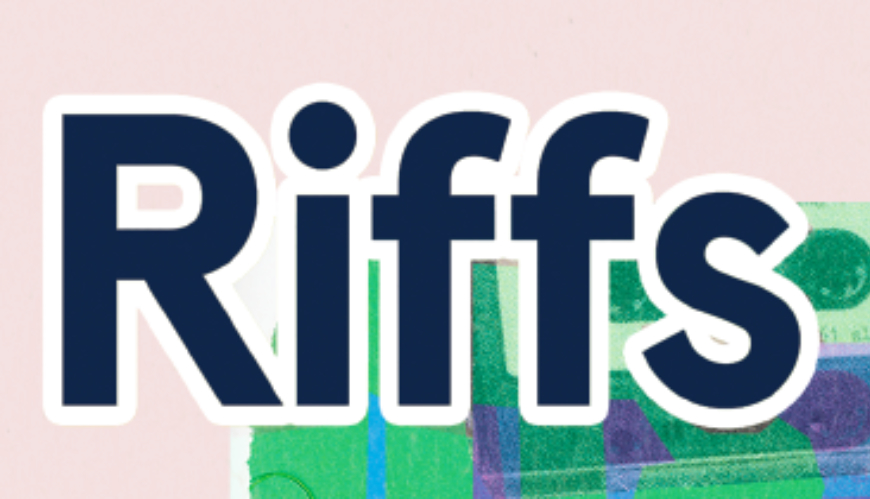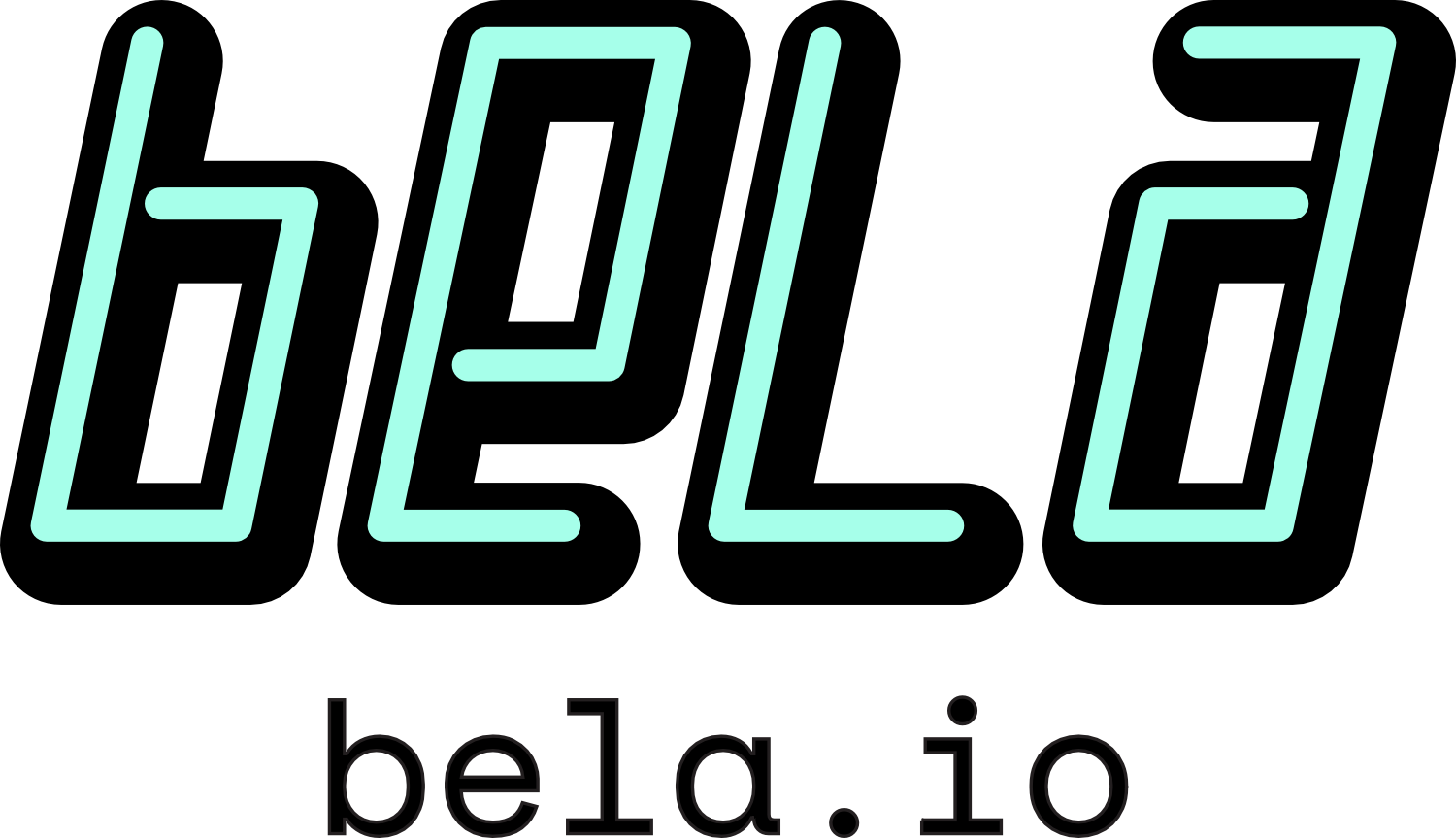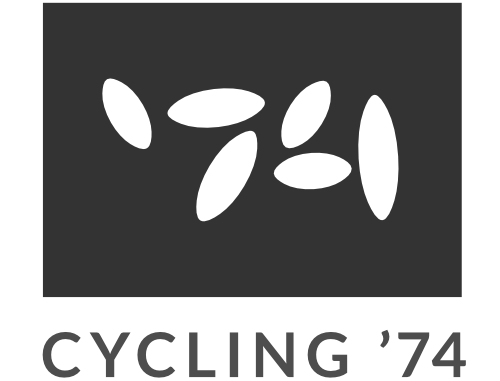Riffs
Riffs: Experimental writing on popular music is an emerging and exciting journal at Birmingham City University. To mark the release of Vol.4 Issue 1, Music and Technology, the Riffs are offering a free copy of the issue to NIME attendees, you can download it here:
Download Riffs 4(1), Music and Technology
Editorial
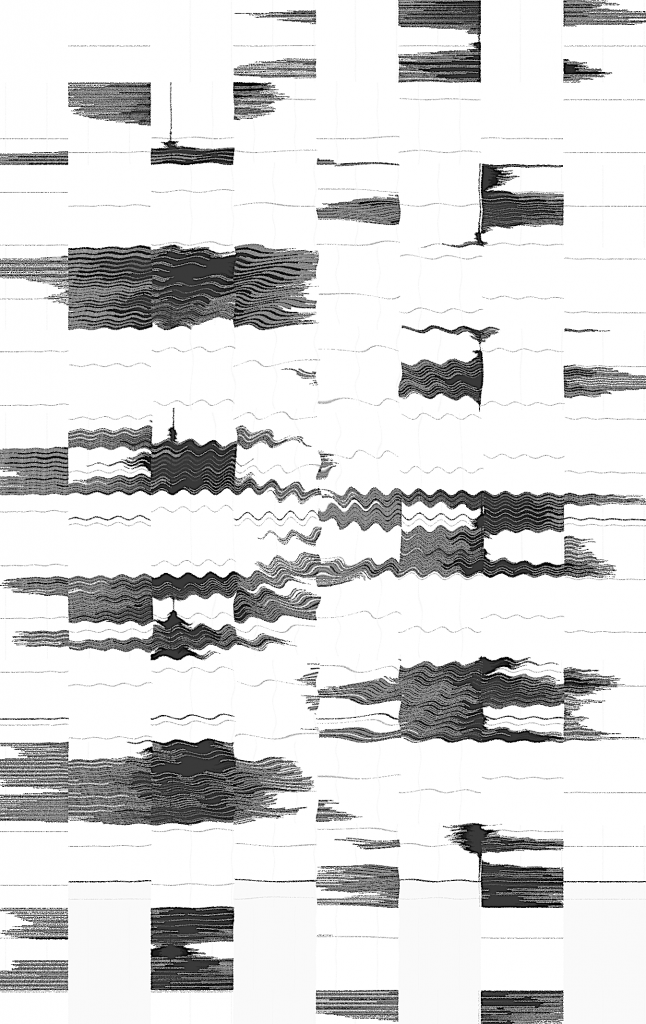
Edmund Hunt
Guest Editor, Riffs Vol. 4 Issue 1
Images by Matthew D Evans
‘Technology is something I love and hate at the same time. One one hand the absence of any kind of technology means silence (or an environment of natural sounds which we hear much clearer because of the general silence); on the other hand, you need technology to make art’[1].
In describing her feelings about technology, the composer and performer Christina Kubisch drew attention to fundamental questions of disjunction and paradox that can arise whenever art is mediated or produced by technology. These questions are not only relevant to those who identify as electronic musicians. For all artists who work with sound, whether as performers or creators, such issues can affect any part of their practice – from creation, to performance, to dissemination.
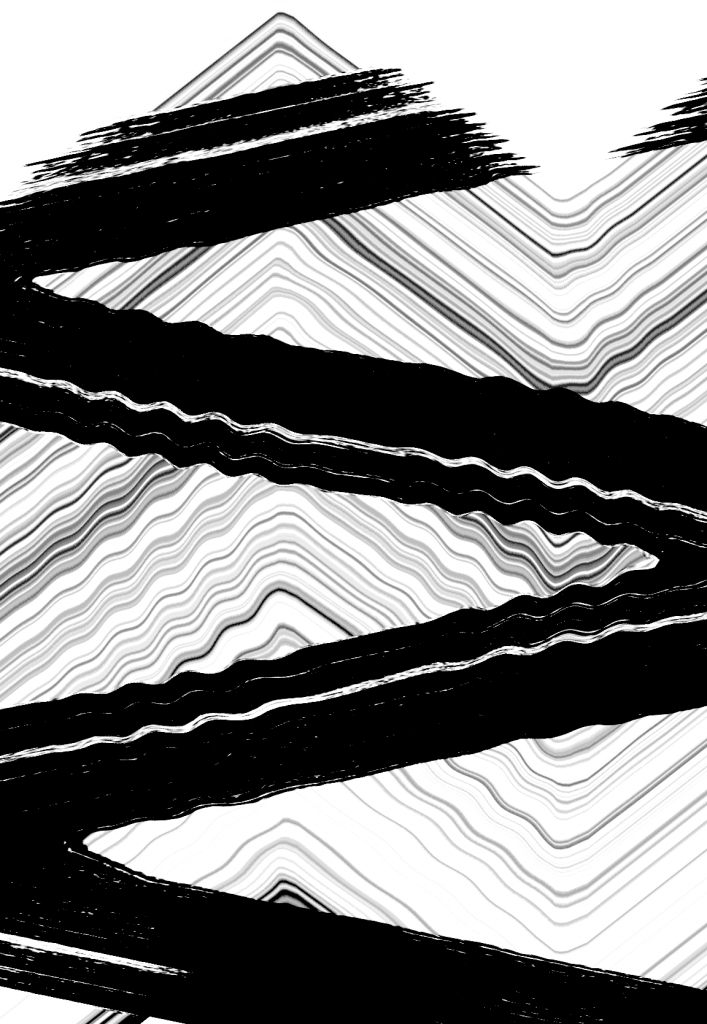
When the editorial team chose Kubisch’s statement to head the call for papers for Riffs: Music and Technology, we could not have imagined how different the world would look in the first half of 2020. It is tempting to see an eerie prescience in her sentiments. Replace the word ‘art’ with ‘conversation’ or ‘human connection’, and evocations of online meetings, mediated by stuttering internet connections, are all too apparent. Here, too, the paradox of music and technology is brought into focus. In these times of Covid-19, the widespread use of technology has allowed the arena of musical performance to move from public venues to personal electronic devices. At the same time, many of the people who create this musical content face unprecedented existential challenges to their careers. Perhaps more than at any other time within the last few decades, the musical experience has become domestic, experienced largely within the confines of our homes, through recordings, online platforms, or our own music-making.
Although all of the contributions to this issue of Riffs: Music and Technology were completed in a pre-pandemic world, the issue’s themes and discussions are more relevant now than ever. The geographical spread of contributors is testament to the ways in which technology can facilitate new connections between musicians. The pages of this issue feature musical styles and traditions from Tanzania, India, Aotearoa/New Zealand, Ireland, and Continental Europe, spanning genres such as jazz and contemporary electronic music, from contributors based in Africa, Europe, and Australia. Lullaby–Sonic Cradle by Supriya Nagarajan is an example of the ways in which worldwide dissemination and performance have shaped the development of a work for live performers and electronic media. Nagarajan, who is both a contemporary composer and a performer of Carnatic vocal music, describes the coalescence of new technologies, her own performance practice, and the traditions and stories of audiences and participants who engage with her work. Matthew Noone’s Waiting for Gandharva [the ephemeral disembodiment of being] also describes a musical journey between countries and continents. Beginning with rock and blues, Noone’s practice as a composer and sarode player led him on a personal, creative journey from
Indian classical music to the Irish tradition. For Noone, the potential difficulty of bridging different musical genres can mirror the disjuncture at the heart of human-computer interaction. Rather than seeing this as an obstacle to creativity, Noone argues that the model of musical ‘mongrelity’ provides a pragmatic, positive way to be a musician in a postmodern world.
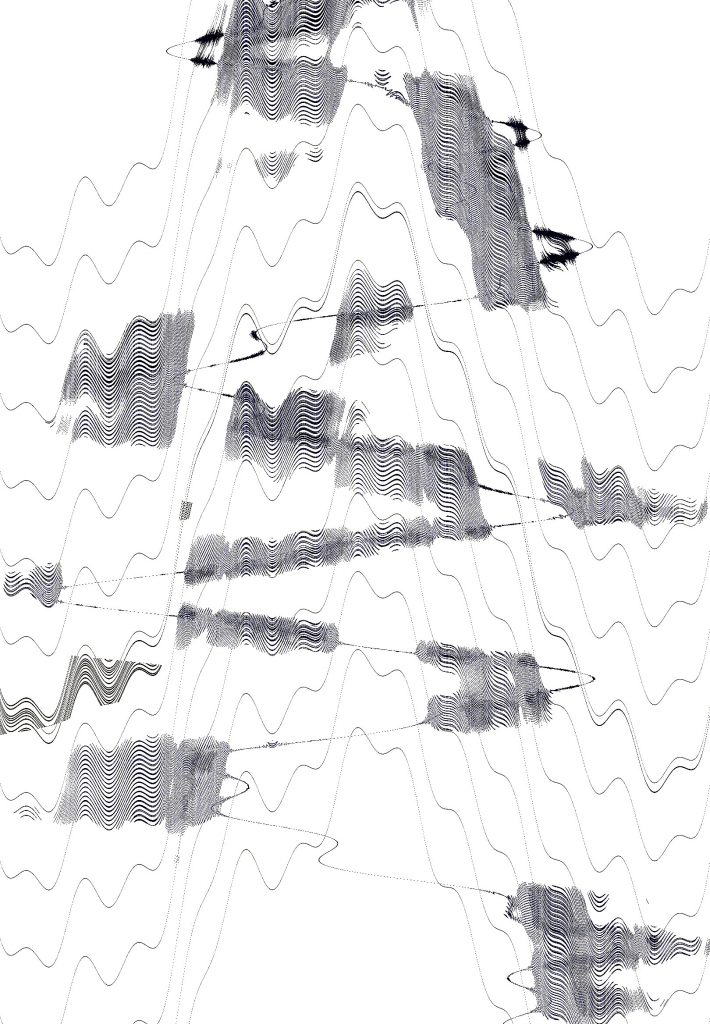
In discussing the development of popular music and radio broadcasting in post-colonial Tanzania, David Kerr and Hashim Rubanza highlight the diverse musical influences that coalesced into a new genre, known as Bongo Flava, in the 1990s. Kerr and Rubanza propose that the characteristic sound of the genre, resulting in part from the studios of Dar Es Salaam, became emblematic of a particular moment in Tanzanian life of the late 1990s. In a similar vein, Lachlan Goold and Sean Foran also focus on the recording studio, but from the perspective of jazz. Arguing that the recording studio is both an instrument and an artistic process, Goold and Foran outline a rigorous methodology to investigate jazz musicians’ use of technology. By embedding post-production elements within a live performance, the authors propose that their methodology enables the performers to realise a ‘produced’ sound.
Process and method are also central to Push and Pull: Or, How I Learnt to Stop Worrying and Love the Technological Failures by Sophie Rose. As a composer and performer, engagement with technology is part of Rose’s ongoing creative process. She describes how her project grew from a desire to ‘touch’ the voice, leading her to design of a set of data-gloves that became integral to a new composition. Titled Tāwhirimātea, the piece is a reimagining of a Māori legend. In contrast to Rose’s development and deployment of new technology, Mattia Merlini and Stefano Maria Nicoletti focus on human-computer interaction in which technology, in the form of artificial intelligence (AI), has creative agency. In considering whether computers can compose music, the authors focus on embodiment – the ways in which having a body not only affects the production of music, but also our capacity, as humans, to appreciate and understand the sounds that we hear.
It seems paradoxical to suggest that AI and new technology can emphasise the importance of corporeality, yet the rapid proliferation of technologically-mediated interaction during the first half of 2020 (in the form of online meetings and live-streamed performances) has underlined this disjunction – embodiment cannot be replaced by two-dimensional video and computer-mediated audio. The human body is present by our heightened awareness of its absence. At a deeper level, this experience draws attention to issues of dichotomy that pervade our understanding of music and technology, discussed in detail by many of the contributors to this issue.
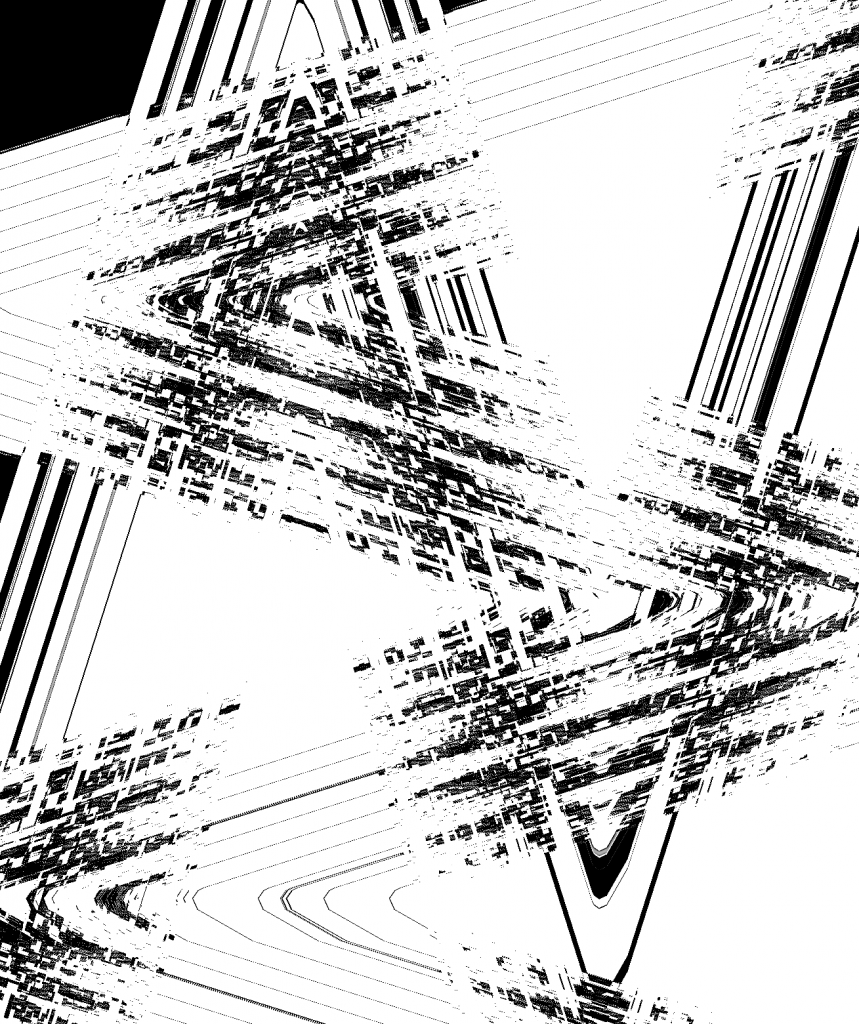
Writing in a publication that will be read primarily online, I am conscious of another paradox. The technology that facilitates the creation and dissemination of Riffs can also form an impenetrable barrier for readers without access to appropriate hardware or an adequate internet connection. Technology can simultaneously embrace and exclude, just as music created with and for technology is sometimes confined to the specific hardware or software that created it. Perhaps these themes deserve greater consideration. As the authors of this issue have demonstrated, the multifaceted relationships between music and technology raise numerous questions, to which there are many different answers.
The ideas and perspectives in this issue of Riffs reflect the contributors’ diverse relationships with technology – as performers, creators, musicologists, and innovators, whose work often resists being contained within a single genre or area. In line with the journal’s aim to encourage experimental thinking and writing about music, images and audio are not merely decorative, but are an integral component of each author’s contribution. Artwork by Matty Evans, created as part of an artistic practice that explores the transformation of text and image into music, is an example of a creative response to the ideas that are discussed within these pages. I hope that each reader will be likewise inspired and challenged by the ideas, opinions, images and sounds that are encountered within Riffs: Music and Technology.
Edmund Hunt is a Derbyshire-based composer who writes instrumental, vocal and electroacoustic music. In 2018, Edmund became a Postdoctoral Research Fellow in composition at Royal Birmingham Conservatoire, focusing on composition and live electronics based on the analysis of early medieval languages. During 2019—–20, projects have included an electroacoustic composition for Longyou International Festival, China, a Cohan Collective Residency to create a 20–30 minute dance work with choreographer Edd Mitton, and an ongoing Sound and Music New Voices work for dancer, string quartet and live electronics. Edmund is a co-investigator of Augmented Vocality: Recomposing the Sounds of Early Irish and Old Norse, an AHRC-funded research project which is scheduled to begin in 2020-–21.
Endnotes
[1] Christina Kubisch, ‘Artists’ Statements II: Christina Kubisch’, in The Cambridge Companion to Electronic Music, ed. by Nick Collins and Julio d’Escriván, 2nd edn (Cambridge. Cambridge University Press, 2017: 176)

